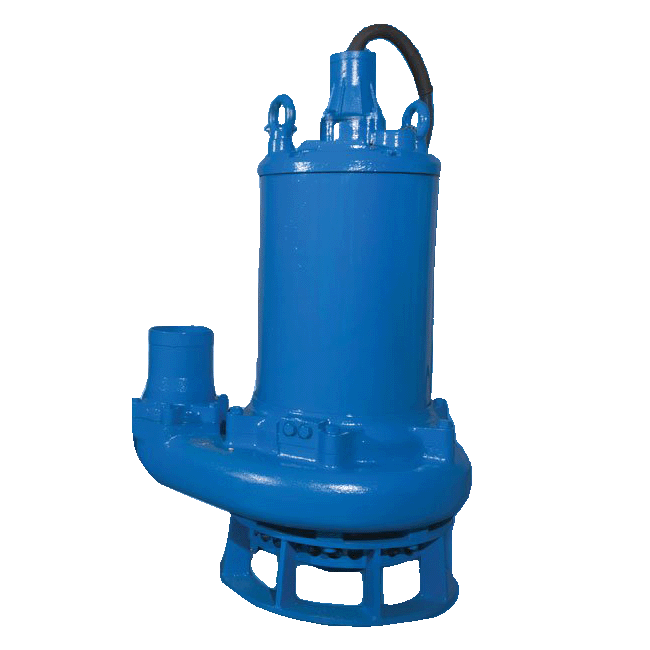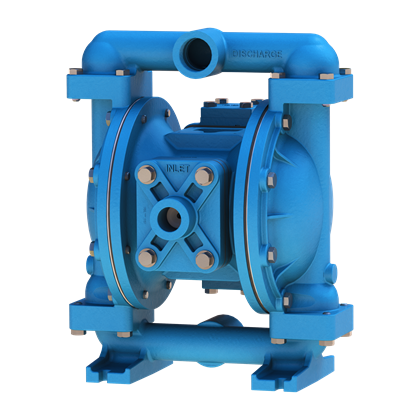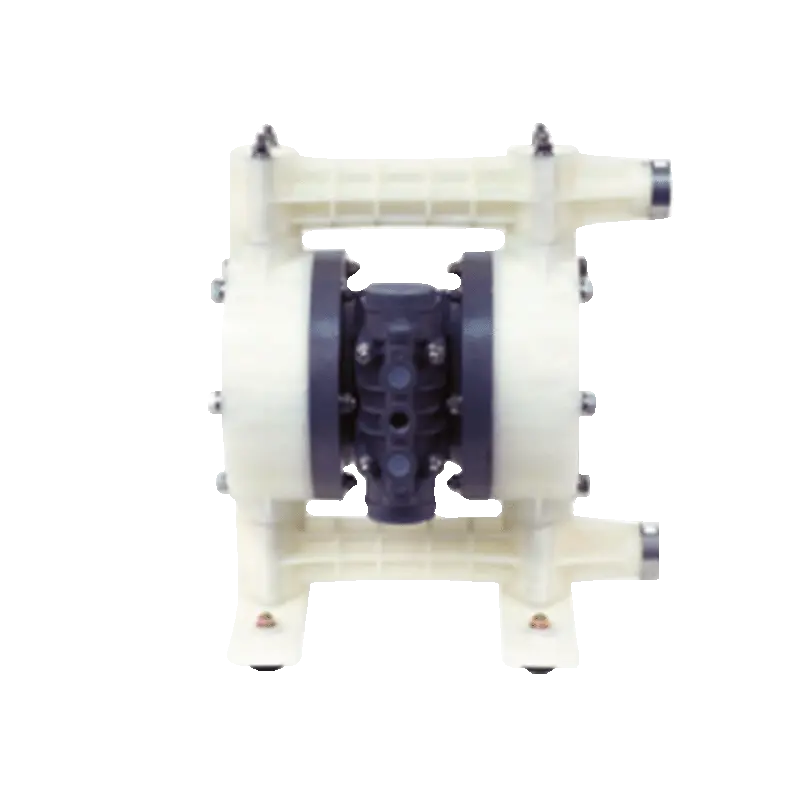Industries / General Industry / Insulation
Improve thermal efficiency with high-performing systems
Optimize manufacturing processes with rotating equipment that ensures precise mixing of insulation materials, controlled extrusion, efficient compression, and accurate cutting, resulting in consistent material density, improved thermal resistance, reduced waste, and enhanced overall efficiency. By achieving optimal processing conditions, insulation manufacturers can produce high-performance products that meet the stringent requirements of thermal efficiency and building regulations.

The Manufacturing Process
Create economies of scale across your system
Each of these applications requires specific types of industrial rotating equipment, and proper operation and maintenance of this equipment are crucial for the efficiency, safety, and productivity of the commercial sector.
Mixing & Blending
The production of insulation materials often begins with the mixing and blending of raw materials. Industrial mixers and blenders, which use rotating mechanisms, are used for this purpose.
Extrusion
Extruders, which involve rotating screws, are used in the production of some types of insulation, such as plastic or foam insulation. The raw material is heated and forced through a die to form the insulation in the desired shape.
Fiber Spinning
In the production of fibrous insulation materials, such as fiberglass or mineral wool, the raw material is melted and then spun into fibers using rotating equipment.
Carding
For some types of insulation, such as natural fiber insulation, the fibers need to be carded, or disentangled and aligned. This process involves the use of rotating drums or cylinders equipped with wire teeth.
Cutting & Slicing
Once the insulation material is produced, it often needs to be cut or sliced into the desired size or shape. This process can involve the use of rotating cutting tools or saws.
Winding & Packaging
Insulation materials, particularly those in roll or sheet form, often need to be wound onto cores for storage and distribution. This process typically involves the use of rotating machinery.
Recycling
Some types of insulation material can be recycled, which often involves the use of rotating machinery to shred or grind the waste material for reuse.
Inspection & Testing
Rotating equipment can be used in the inspection and testing of insulation materials to ensure their quality and performance. For example, rotating mechanisms might be used in the testing of electrical insulation under different load conditions.











